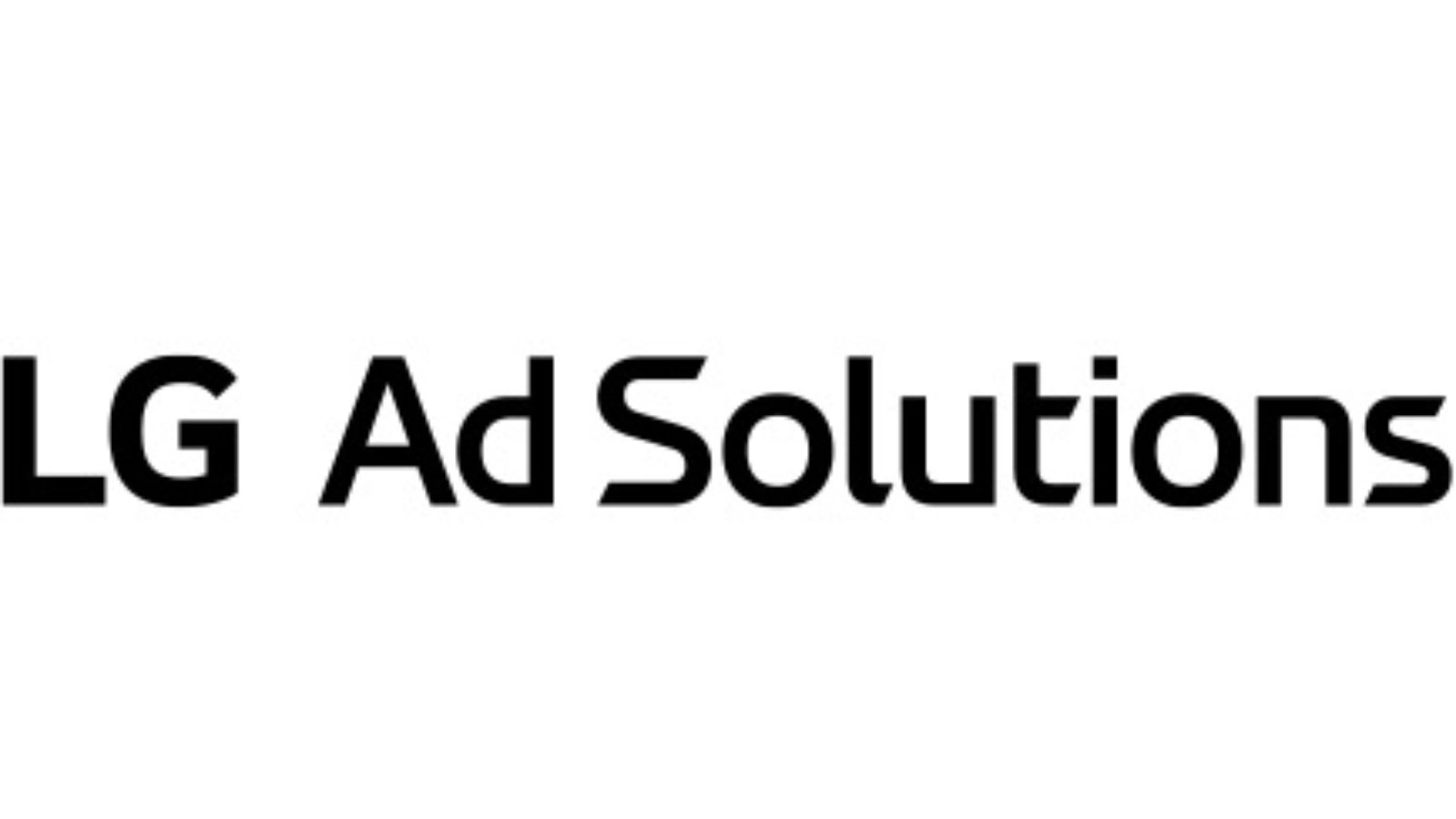Introduction
Data-driven marketing can be intimidating at first. However, if you remove all of the jargon, many of its strategies should seem extremely familiar. Thus, we attempted to present the data-driven strategy in the most transparent manner possible. We have avoided technical jargon whenever possible. Wherever possible, we’ve included examples. They should help you understand several aspects of this new marketing plan. Furthermore, to make this lesson simple, we just covered the most crucial aspects of the data strategy. In addition, we’ve included a list of other data-driven marketing websites that we believe you should visit.
What Is Data-Driven Marketing?
There have been a number of exciting shifts in how data and digital technology are utilized in marketing. Every step has helped to broaden and change the marketing department’s responsibilities and function inside the organization. We refer back to prior research and carefully track the progress of digital technology and data-driven marketing methods. The digital age has caused a huge shift in marketing. Data-driven marketing, which employs analytics to inform decisions and improve advertising efforts, is critical to this transformation. With this method, businesses can generate messages that are relevant to their target audience and track their progress in real time. Businesses can increase the performance of their campaigns and gain a significant competitive advantage by implementing data-driven marketing insights.
Data-Driven Marketing Strategies
Marketing, in its most basic form, has always had two goals. First, identify the wants and needs of the clientele. Subsequently, putting that knowledge to use by fulfilling customer orders.
This has always meant:
- First, gain a comprehensive understanding of the target audience.
- Recognizing and anticipating customer demands.
- Finally, develop ways for delivering things that promise to meet those demands.
Customary marketing teams combined two elements to accomplish those goals:
- Market studies available at the time, and
- Their assumptions about the target audience.
However, this method frequently required trial and error. Organizations had to try a number of strategies before settling on one that would work for them. On the other hand, data-driven marketing enables marketers to reach consumers at the perfect time. And with the appropriate gift, no less. However, employing the data has advantages beyond enhancing communication. Customer insights are used by modern marketing teams to:
- Personalize the customer experience,
- Target well-defined marketing segments, and
- Get new customers.
- With the data, brands can also measure and improve their strategies in real time.
Creating a marketing strategy based on the data
We’ll accept that developing a data-driven strategy is a broad issue. Certainly, enough to justify an in-depth manual. However, we believe it would be useful for you to observe the process. Here’s a quick walkthrough of creating a data-driven strategy:
Step 1. Setting up objectives for the data.
Before you rush to collect the data, you should decide what you want it to help you do. You must determine an explicit goal for the data, just as the companies in the instances above have. Why? Because your objectives will determine your future moves. You will know what information to gather. Where to acquire it from. Also, what insights to search for.
Step 2. Gathering the data.
With the goals established, you must determine which information to collect. Examine your objectives and evaluate what information would be useful in informing your plan. Then, determine where you may access the data.
Step 3. Collecting and organizing the data.
This stage requires two activities. First, choose a data platform to organize the data. The other option is to use it to collect data sources.
Step 4. Building the team or in-house/external capabilities.
Depending on your objectives, you may need to form a team to help analyses and act on the data.
Step 5. Getting organizational buy-in
Incorporating a data-driven approach, especially if it is the first such campaign, could involve acquiring consent from a variety of stakeholders.
Step 6. Measuring and tracking progress.
Finally, you must design a method to track how well your campaign operates. This will allow you to properly assess your efforts while also reporting on progress to other stakeholders.
Data-Driven Marketing Insights
Any effective marketing plan is built around data-driven marketing insights. These observations are drawn from a variety of sources, such as engagement metrics, market trends, and consumer behavior. Through data analysis, marketers can discern trends and inclinations that can guide many aspects of their business, such as devising customized marketing campaigns and product development.
Utilizing data-driven marketing insights ensures that decisions are based on concrete evidence rather than intuition, leading to more effective and efficient marketing campaigns.
- Knowing Consumer Behavior: Data-driven marketing insights depend on an understanding of consumer behavior. You may adjust your marketing efforts to match the demands and preferences of your target audience by examining how consumers engage with your business through a variety of channels. Marketing campaigns that are more successful and engaging are the result of this insight.
- Segmentation and Personalization: You may precisely divide up your audience using data. Customers can be categorized according to their preferences, behavior, or demographics to generate marketing communications that are highly customized. The foundation of data-driven marketing efforts is personalization, which boosts efficacy and relevance.
- Optimizing Campaign Performance: With real-time data, marketers can keep an eye on and make adjustments to campaigns as they go. This implies that performance can be improved instantly, an adaptability not found in conventional marketing strategies.
The Role of AI and Machine Learning in Insight-Driven Marketing
The use of artificial intelligence (AI) and machine learning technology has transformed data-driven marketing. These systems can interpret massive volumes of data faster and more precisely than humans, revealing previously unknown insights. They enable large-scale predictive modelling, customer segmentation, and customization, hence increasing the success of data-driven marketing initiatives.
AI systems can examine customer data to forecast future behaviors and preferences, allowing marketers to anticipate demands and modify plans accordingly. Machine learning enhances these predictions over time by constantly learning from fresh data and interactions.
This dynamic strategy keeps marketing initiatives relevant and effective by adjusting to changes in client behavior and market developments.
Ethical Considerations in Data-Driven Marketing
As data-driven marketing insights become more common, ethical questions about data privacy and security become more important. Marketers must strike a fine balance between using data for insights and protecting client privacy. This includes complying with data protection standards such as GDPR and the CCPA, as well as ensuring transparent data gathering and usage policies.
Responsible data-driven marketing techniques include acquiring consent, establishing clear privacy regulations, and leveraging data to benefit both the organization and its customers. Building trust through ethical data practices is both a legal duty and a business advantage for developing long-term consumer connections.
Conclusion
Data-driven marketing reflects a fundamental shift in how businesses approach marketing. Data-driven marketing insights enable businesses to design more successful and efficient marketing initiatives that resonate with their target demographic. Integrating AI, machine learning, and ethical data practices strengthens these capabilities, ensuring that marketing efforts are both effective and responsible.
As we progress through the digital era, the capacity to successfully utilize data will become increasingly important in determining the success of marketing initiatives and business growth.












Leave a Reply